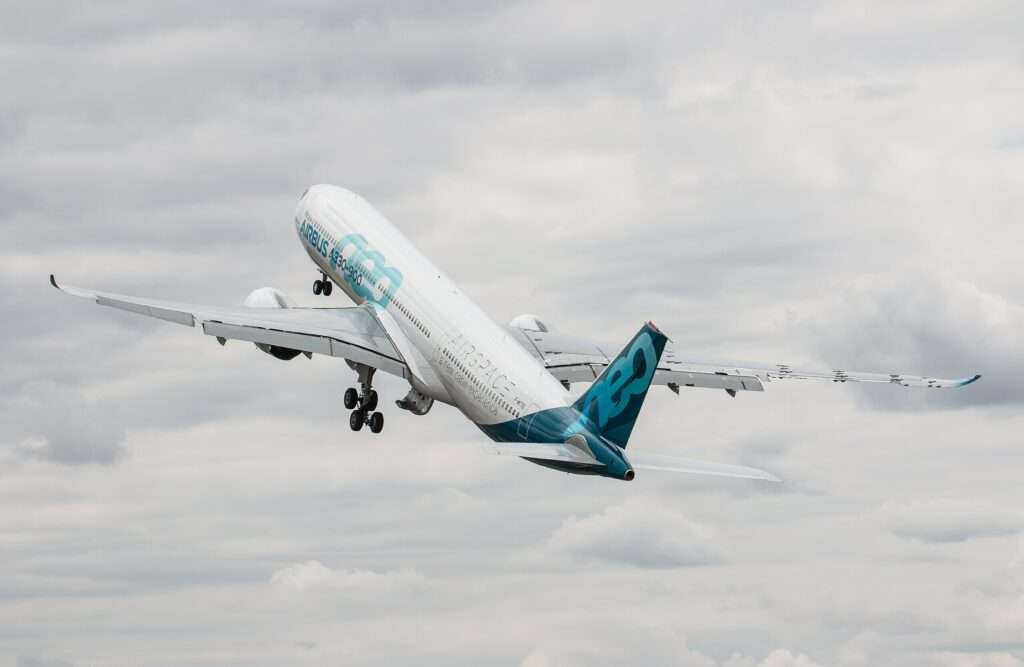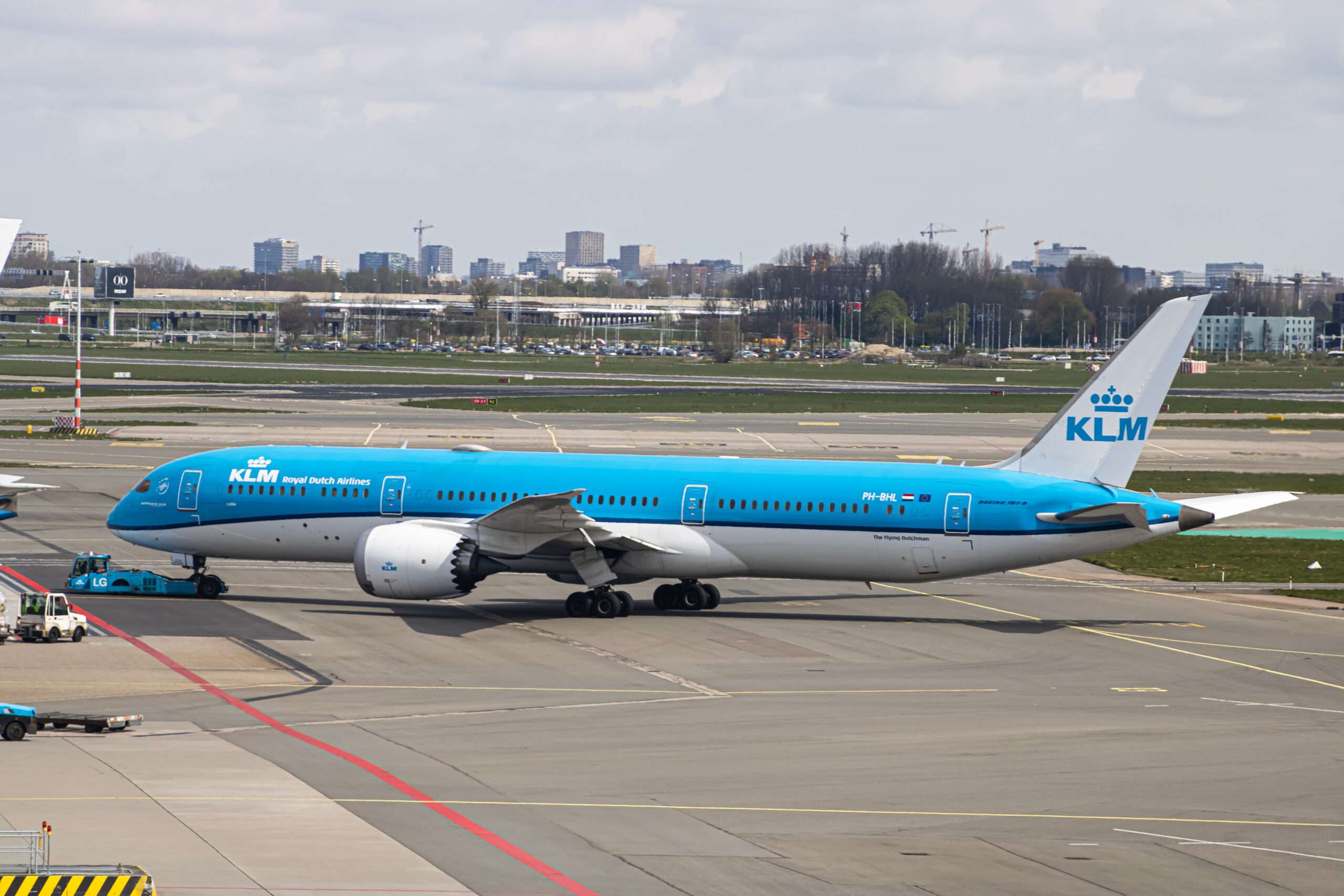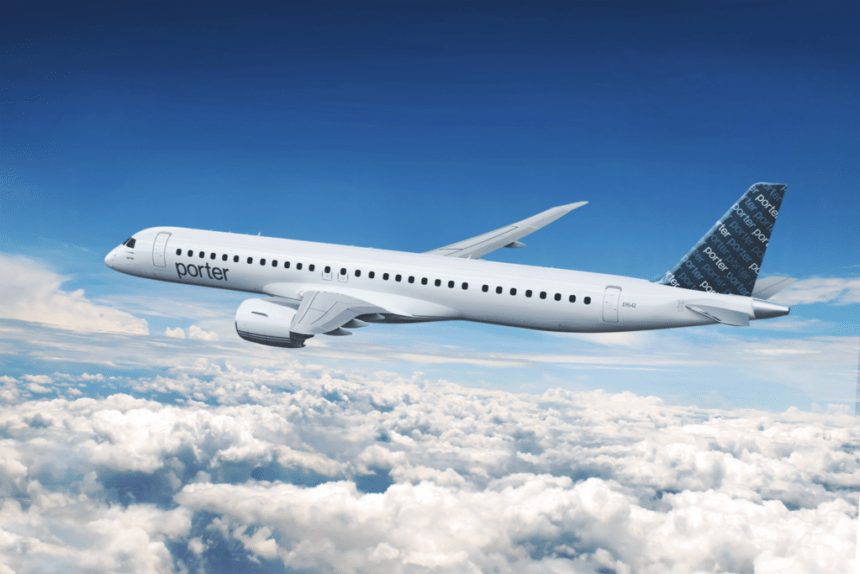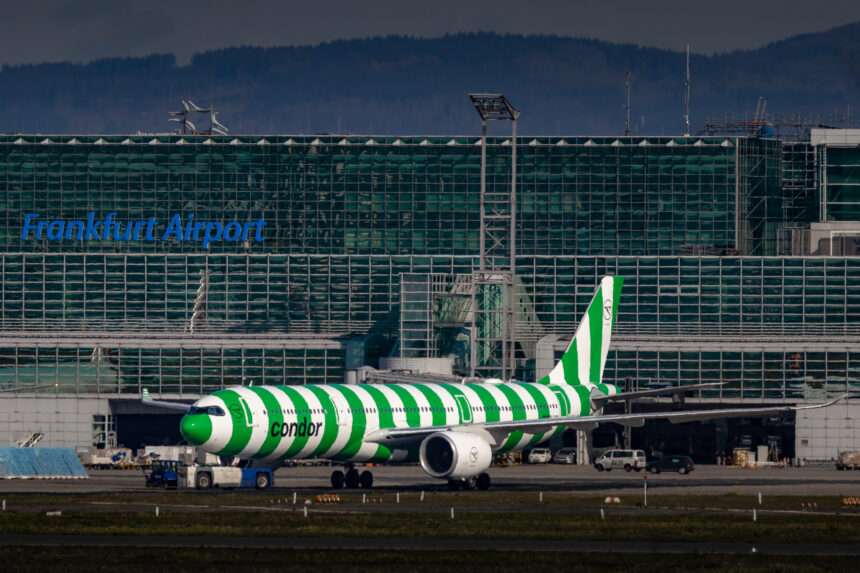A 2010 Libyan Civil Aviation Authority (LCAA) report highlights the dangers of pilot disorientation during go-around maneuvers in low-visibility situations. In this article we take a closer look at Airbus technology which directly addresses the issue.
The LCAA report details a tragic accident involving a flight crew attempting a go-around. As a result of poor visibility, fog and terrain warnings, they succumbed to spatial disorientation. This resulted in a controlled flight into terrain (CFIT) accident.
Spatial disorientation occurs when pilots lose awareness of their aircraft’s position and movement, often due to limited visual references.
This incident emphasizes the importance of strong Crew Resource Management (CRM), following established procedures, and reacting promptly to alerts.
Airbus Soft Go-Around Technology
Aircraft manufacturer Airbus has developed the “soft go-around” (SGA) feature to address the very challenges exposed in the LCAA report.
This advanced technology aims to significantly reduce the risks associated with traditional go-around maneuvers. It becomes particularly effective during adverse weather conditions or low-visibility situations.
The core benefit of SGA lies in its ability to optimize thrust during a go-around. Traditional go-around procedures require pilots to apply maximum thrust (TOGA) to achieve a rapid climb rate.
While this ensures a safe climb away from obstacles, the sudden surge in acceleration can create intense G-forces. This potentially leads to a sensory illusion known as somatogravic illusion (SGI).
SGI can trick pilots into believing the aircraft is pitched up at a steeper angle than it actually is. This ‘false sensation’ is created due to the inner ear mechanism. It potentially leads to overcorrections by the pilot and a loss of situational awareness.

The SGA system tackles this challenge by providing a more controlled climb profile. This comes in when pilots initiate a go-around using the Take-off/Go Around (TOGA) function and then reduce thrust to a pre-determined level.
At this point the SGA system takes over, optimizing engine power to deliver a smooth and controlled climb trajectory.
This minimizes the G-forces experienced by the crew and reduces the likelihood of SGI, thereby significantly lowering the risk of pilot disorientation.
Benefits of the SGA System
The benefits of SGA extend beyond simply optimizing thrust. The system offers a comprehensive approach to enhancing go-around safety through several key features:
- Optimal Flight Path: SGA can either automate the flight path or provide clear guidance to pilots, ensuring a safe climb profile and preventing excessively steep climbs that could exacerbate spatial disorientation.
- Enhanced Situational Awareness: The system provides clear visual cues on the instrument panel, keeping pilots informed of the aircraft’s attitude, altitude, and airspeed during the crucial go-around phase. This additional information stream allows pilots to maintain a clear picture of the aircraft’s position and reduce the reliance on potentially misleading sensory inputs.
- Reduced Workload: By automating certain aspects of the go-around procedure, SGA frees up valuable mental space for the flight crew, allowing them to focus on critical decision-making and maintaining situational awareness during a potentially stressful situation.

The Future of Soft Go-Around Technology
The introduction of the SGA feature represents a significant leap forward in aviation safety. It is currently standard equipment on Airbus A330neo, A350, and A380 models.
With optional availability on A320neo and A330 aircraft, SGA is actively contributing to a safer flying experience.
This innovation not only enhances the safety of go-around maneuvers but also reduces the likelihood of pilot error during these critical phases of flight.
By fostering a consistent and optimal response to go-around situations, SGA technology paves the way for a future with fewer aviation incidents. This means a higher standard of safety for passengers and crew alike.

Conclusion
While the Airbus SGA feature represents a significant advancement, it’s crucial to remember that it is one piece of a larger safety puzzle.
Effective Crew Resource Management (CRM) practices, strict adherence to established procedures, and a culture of open communication within the cockpit remain essential.
The future of aviation safety lies in a synergistic relationship between cutting-edge technology like SGA and the irreplaceable human expertise of pilots.
As aviation technology continues to evolve, innovations like soft go-around will undoubtedly play a vital role in preventing accidents and creating a safer flying experience for all.

Click the banner to subscribe to our weekly newsleter.

Click the photo to join our WhatsApp channel so then you can stay up to date with everything going on in the aviation industry!








